
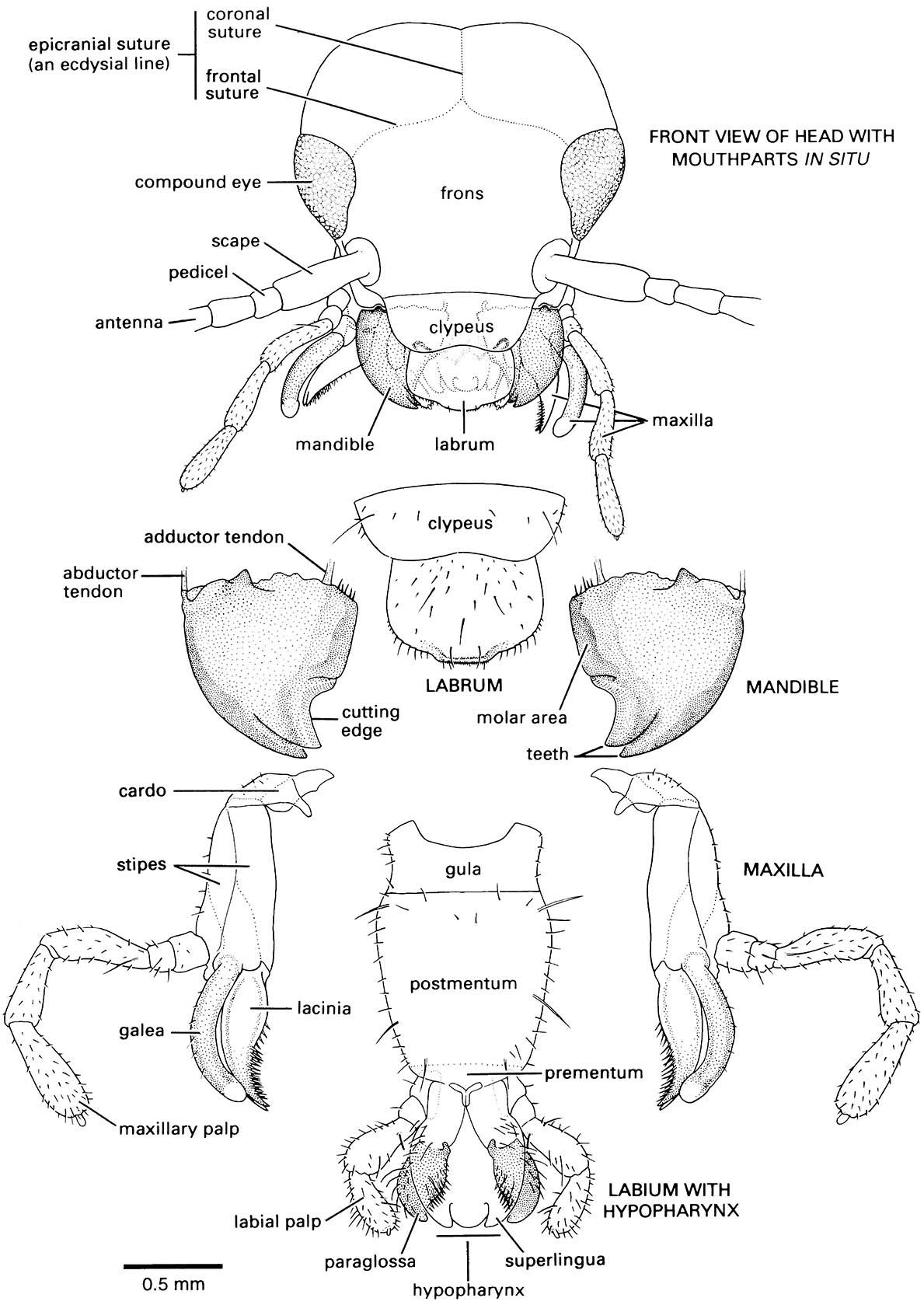
Title: Drawing Insects with Organic Shapes and Lines (Education at the Getty) Author: J. Paul Getty Museum Staff Subject: Step-by-step activity about how to draw insects with organic shapes and lines

short article about insects including songs, crafts, and coloring for s.
Parts of an Insect – Science Lessons and Tests for s in Elementary college.


Insect, common name given to any of a class belonging to the arthropod phylum. The insects are the largest class in the world, outnumbering all other s.
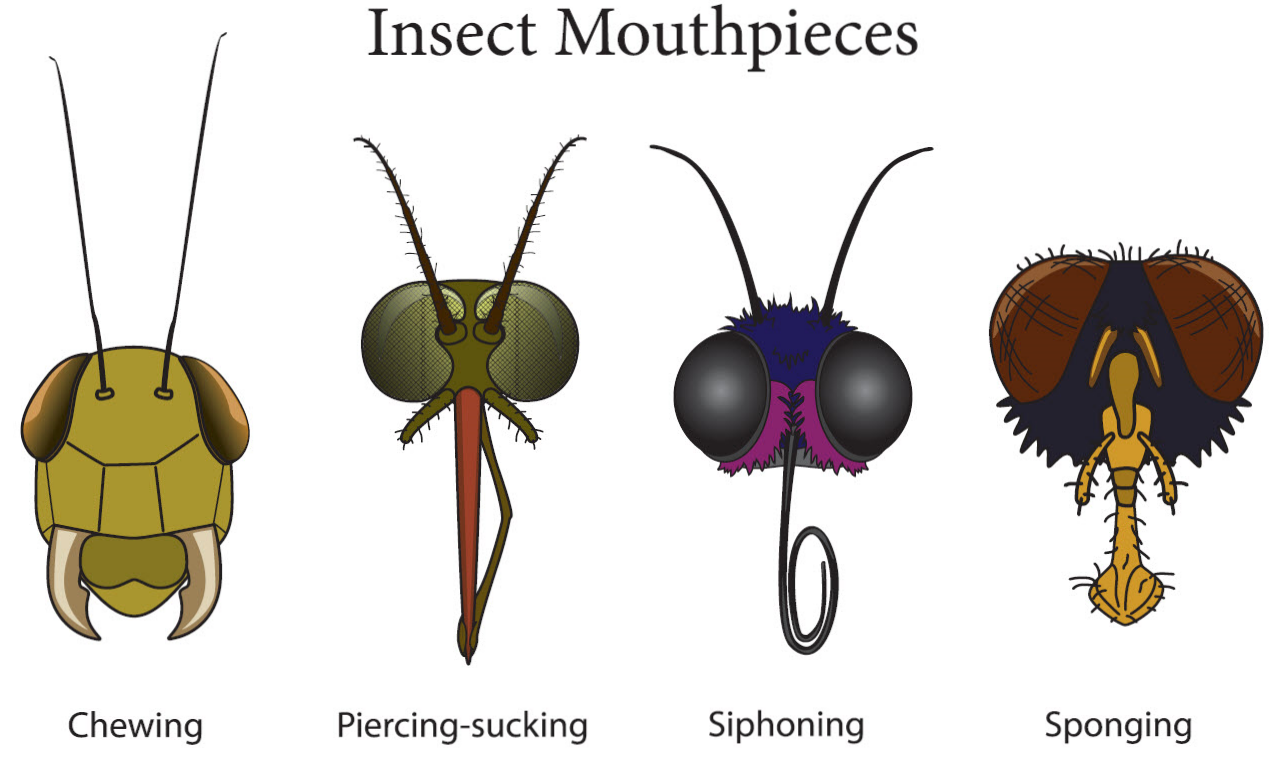
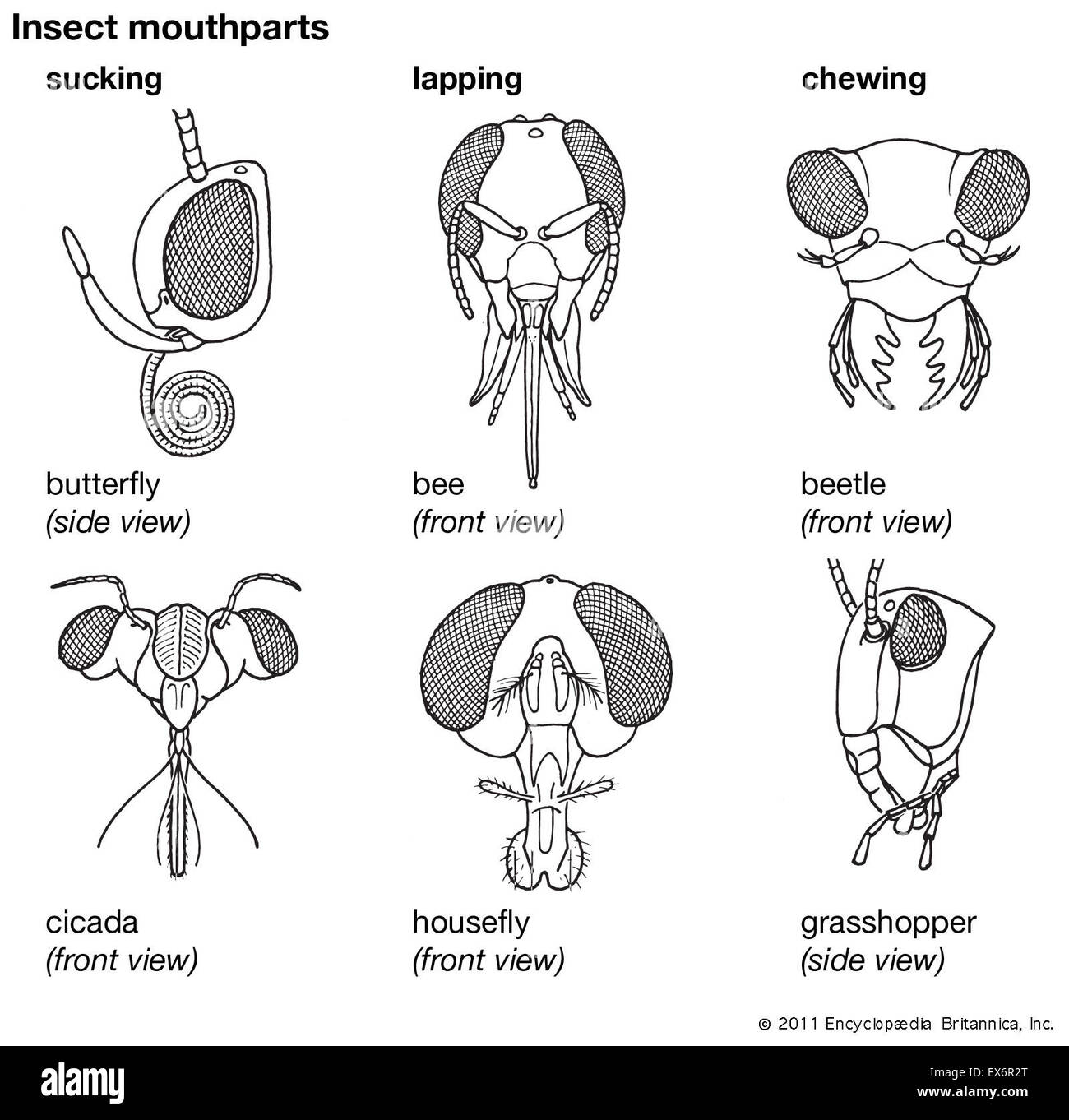
An online glossary of entomological terms. This is a collection of Terminology, Entomological and Arthropodal in general, some of which you will find used on the other pages of this site, but I have included a lot more words than I have been able to use in the pages of this site, I hope you find them useful.
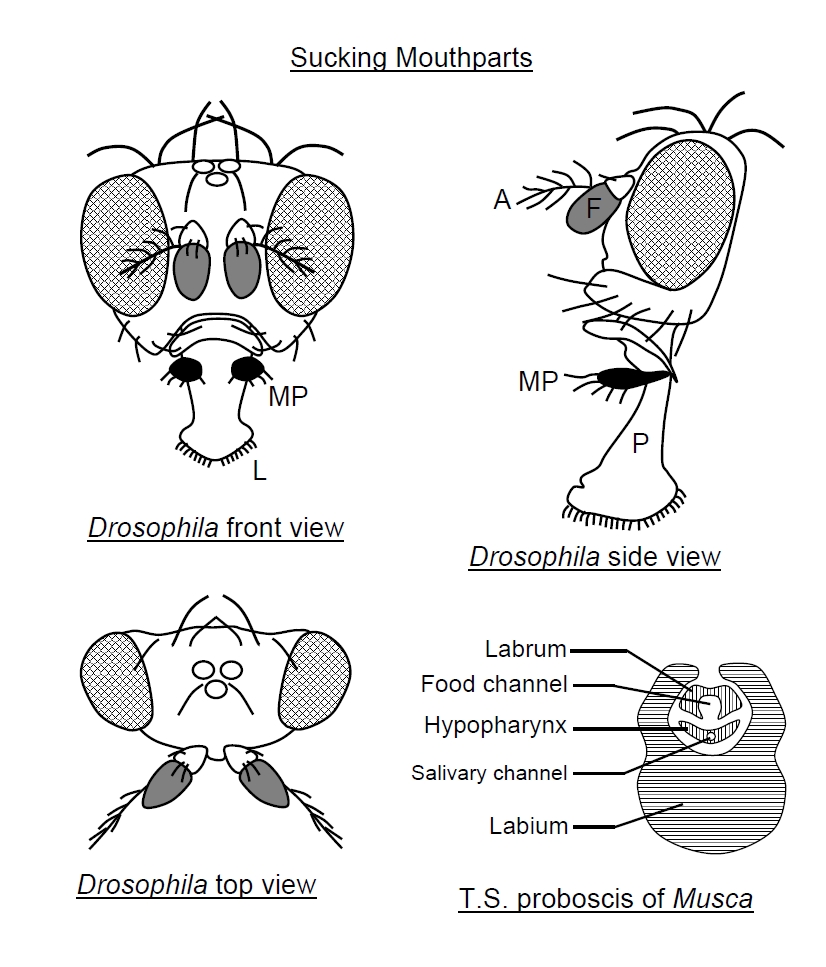
Insects or Insecta (from Latin insectum) are hexapod invertebrates and the largest group within the arthropod phylum.Definitions and circumscriptions vary; usually, insects comprise a class within the Arthropoda.
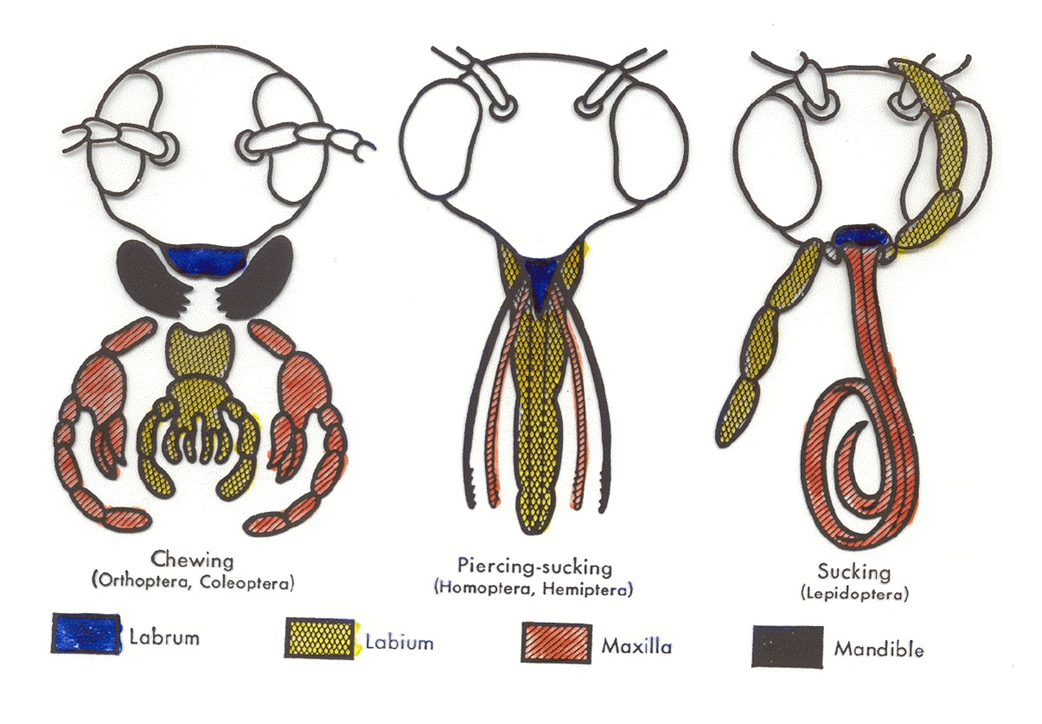
Insects belong to a group of s that have been on earth for over 400 million years.

Edible insects contain high quality protein, vitamins and amino acids for humans. Insects have a high food conversion rate, e.g. crickets need six times less feed than cattle, four times less than sheep, and twice less than pigs and broiler chickens to produce the same amount of protein.
Traditional morphology-based or appearance-based systematics has usually given Hexapoda the rank of superclass, and identified four groups within it: insects (Ectognatha), springtails (), Protura and Diplura, the latter three being grouped together as Entognatha on the basis of internalized mouth parts.
Whirligig Beetle • Adult beetles found in groups on the surface of various water bodies whirling and gliding about • 3.5 – 7.5 mm in size